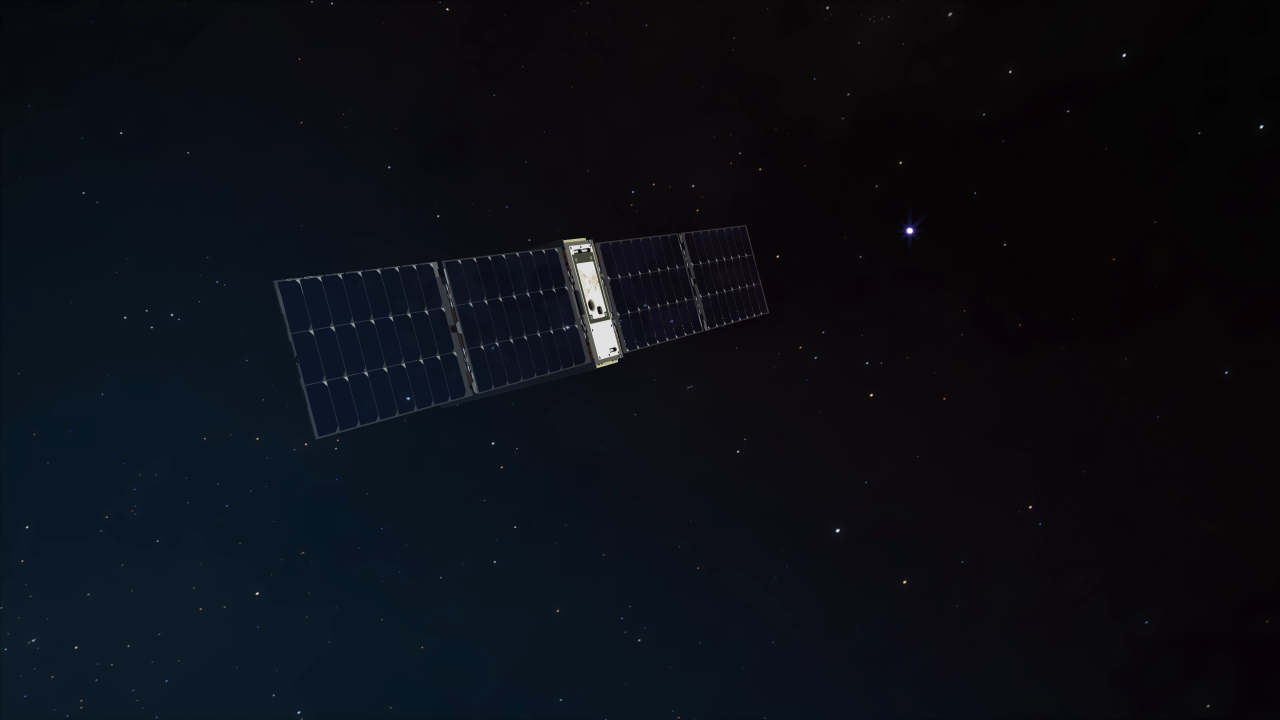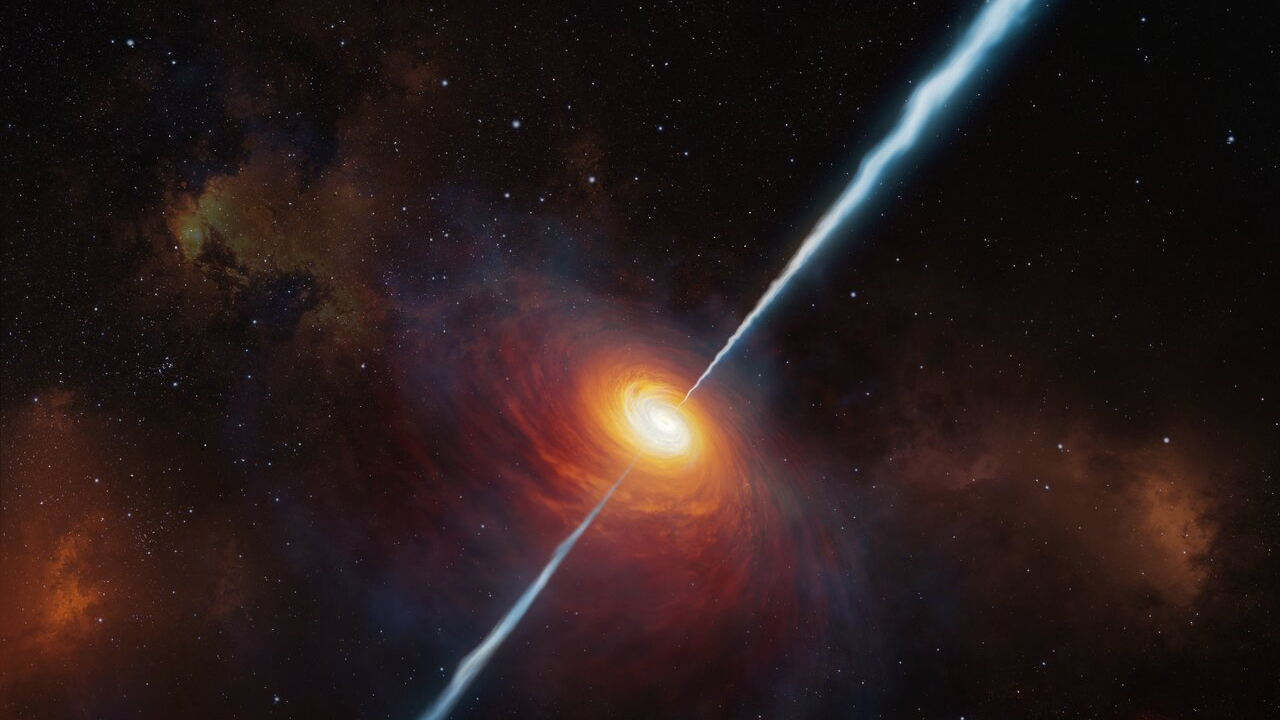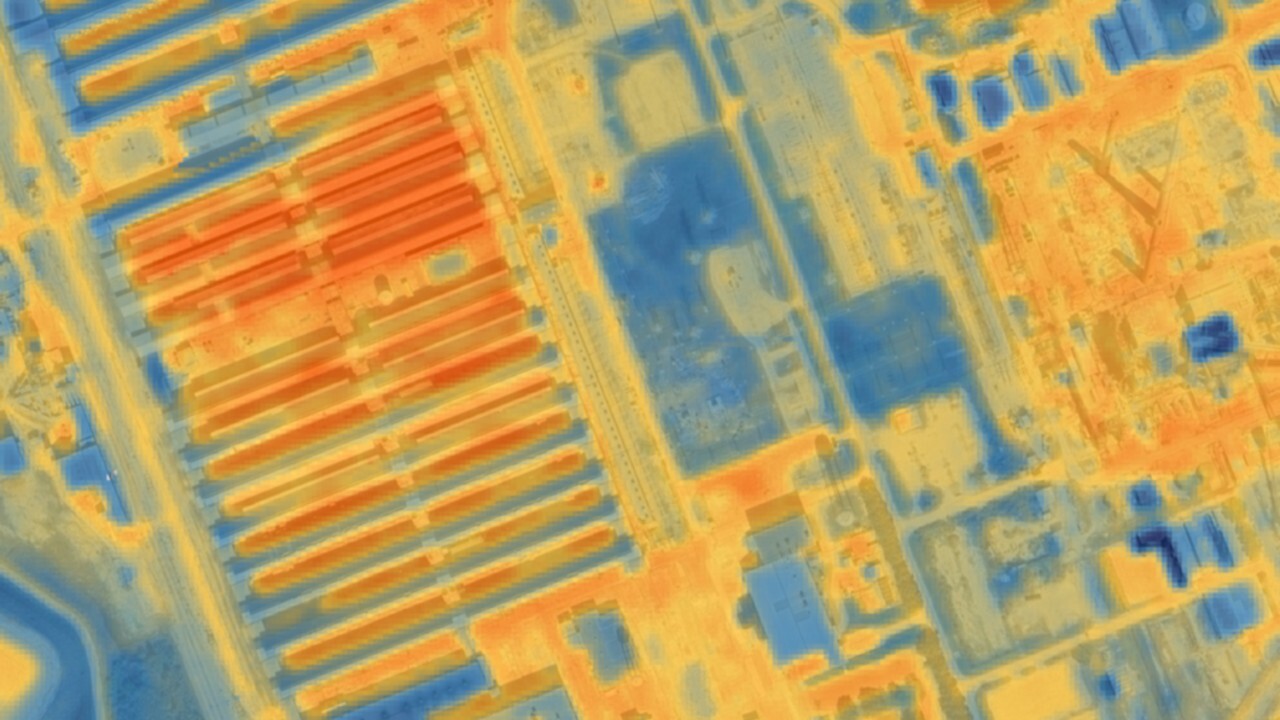Tiny NASA satellite detects its 1st massive gamma ray burst
"It's an important milestone for the team and for the many early career engineers and scientists that have been part of the mission."

A NASA cubesat designed to search for the universe's most powerful and violent explosions has successfully detected its first massive burst, space agency officials announced earlier this week.
BurstCube, a shoebox-sized satellite placed into orbit in April to detect and study gamma-ray bursts, or GRBs, spotted a "mega blast" in the small, dim constellation of Microscopium in the southern sky. The cosmic blast occurred on June 29 and in less than two seconds shone a quintillion times brighter than the sun, NASA said in a recent statement.
"We're excited to collect science data," Sean Semper, who is BurstCube's lead engineer at NASA's Goddard Space Flight Center in Maryland, said in the statement. "It's an important milestone for the team and for the many early career engineers and scientists that have been part of the mission."
BurstCube is designed to specifically seek out "short" gamma-ray bursts, which last a mere two seconds or less but offer rare glimpses into the end-of-life processes of massive stars and the births of black holes.
Short GRBs typically occur when neutron stars, which are superdense leftovers of massive stars that died explosively, collide with other neutron stars or black holes. Such mergers also beam detectable ripples in space-time known as gravitational waves, allowing astronomers to study the nature of the neutron stars and consequent GRBs beyond what can be gleaned from visible light alone. GRBs are known to also create rare chemical elements like gold and platinum as well as life-friendly ingredients including iodine and thorium as a byproduct.
Related: Scientists unravel mysteries of gamma-ray bursts — the universe's most powerful explosions
GRBs were discovered by chance in 1963 by U.S. military satellites on the lookout for gamma rays from banned Soviet nuclear weapon tests. Yet more than half a century later, the precise mechanisms that produce such fleeting yet extraordinarily powerful flashes of light remain shrouded in mystery.
Breaking space news, the latest updates on rocket launches, skywatching events and more!
To catalog short GRBs from its vantage point in Earth orbit, BurstCube is equipped with four circular gamma-ray detectors arranged to provide the satellite a wide view of the sky, which helps scientists infer the direction of an event. A gamma ray striking any of the detectors is first converted into visible light and later into a pulse of electrons, according to the mission description.
BurstCube was among four small satellites that were released into low-Earth orbit from the International Space Station in April. Soon after, the mission team found one of the two solar panels failed to fully extend and obscured the view of its star tracker, which the satellite uses to orient itself in a way that minimizes atmospheric drag.
Due to the issue, the satellite is expected to succumb to increased drag in September and re-enter the atmosphere, effectively reducing the original 12-18 months-long mission to just six months.
"I'm proud of how the team responded to the situation and is making the best use of the time we have in orbit," Jeremy Perkins, BurstCube's principal investigator at Goddard, said in the NASA statement. "Small missions like BurstCube not only provide an opportunity to do great science and test new technologies, like our mission's gamma-ray detector, but also important learning opportunities for the up-and-coming members of the astrophysics community."

Sharmila Kuthunur is an independent space journalist based in Bengaluru, India. Her work has also appeared in Scientific American, Science, Astronomy and Live Science, among other publications. She holds a master's degree in journalism from Northeastern University in Boston.

